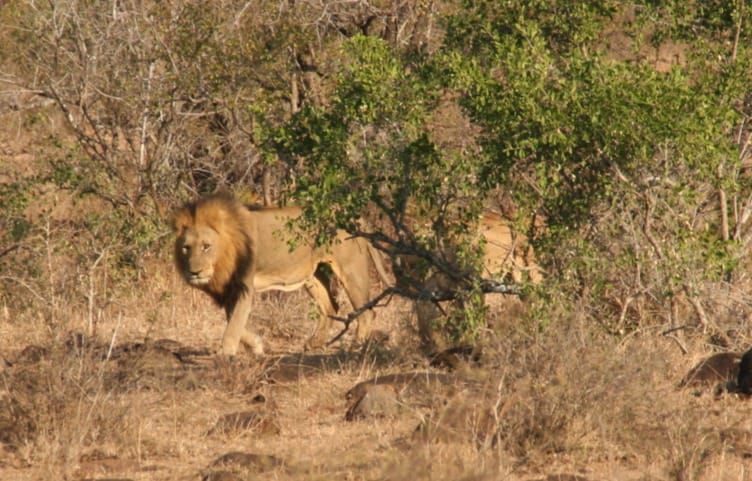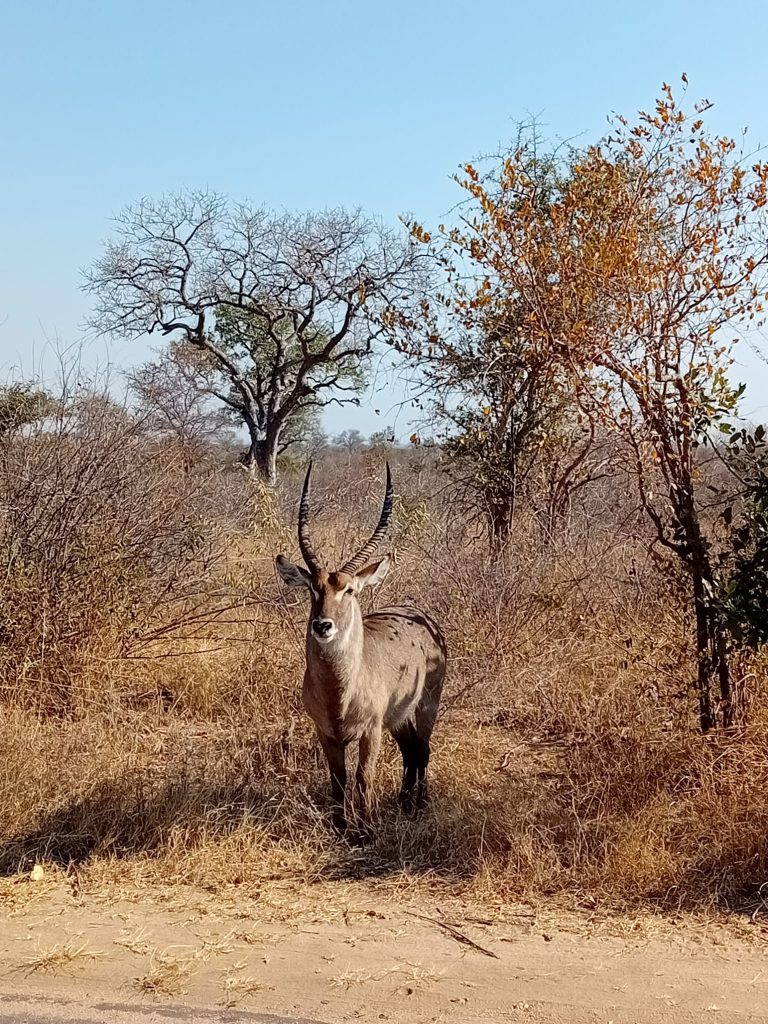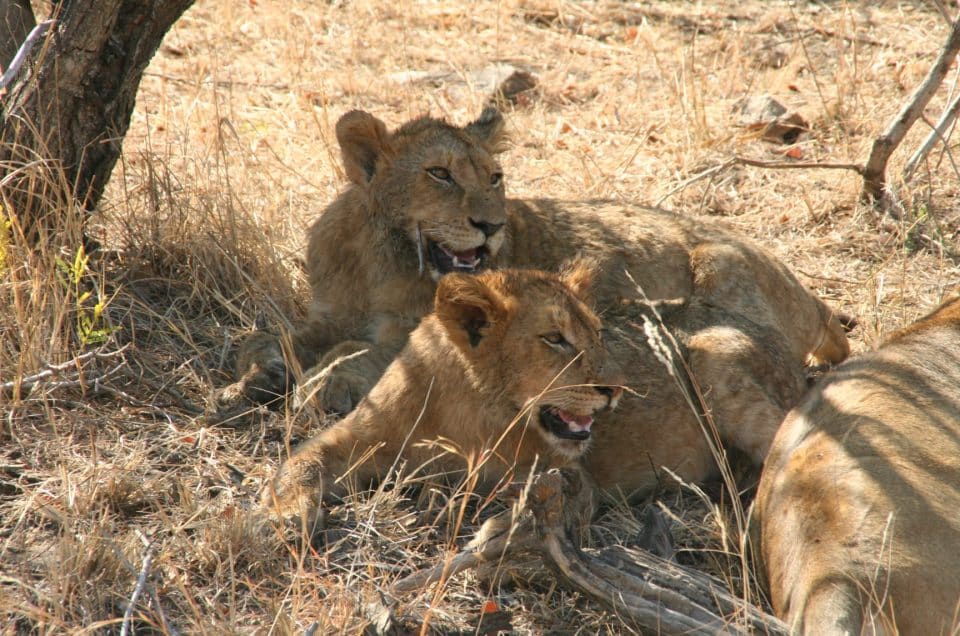Embarking on a safari in South Africa is a bucket-list adventure, with the country’s untamed landscapes offering unparalleled opportunities to encounter iconic wildlife. Knowing the best time for safari in South Africa can elevate your experience, especially in Kruger National Park—a top choice for safari enthusiasts eager to spot the legendary Big Five: lion, leopard, elephant, rhino, and buffalo. Whether you’re joining guided Kruger Park safari tours or unwinding at upscale safari lodges like Tembo Lodge, planning your trip at the right time is essential for the best possible experience.
In this guide, we’ll explore the best seasons, regional highlights, and insider tips to plan your perfect safari in South Africa.
Why Timing Matters for Your Safari in South Africa
South Africa’s diverse ecosystems, from the vast savannas of Kruger National Park to the lush reserves of KwaZulu-Natal, make the best time for safari in South Africa dependent on your goals. Are you after prime wildlife sightings, pleasant weather, or fewer crowds at safari lodges in Kruger National Park? South Africa’s seasons, opposite to those of the Northern Hemisphere, shape your experience:
Dry Season (Winter: May to September): Cooler temperatures, sparse vegetation, and limited water sources make this the peak time for wildlife viewing on Kruger safari trips.
Wet Season (Summer: October to April): Lush landscapes, abundant birdlife, and fewer tourists, but denser foliage can challenge sightings during Kruger Park safari tours.

Tailoring Your Safari to Your Interests
The best time for safari in South Africa also depends on what you want from your trip:
Big Five Enthusiasts: Stick to the dry season (May to September) for the best chance to see lions, leopards, and more in action. Sabi Sands and Kruger are top spots.
Birdwatchers: The wet season (November to March) is a haven for birdlife, with migratory species flocking to reserves like iSimangaliso or Addo Elephant National Park.
Budget Travellers: Consider the wet season or shoulder months for deals on lodges and tours, especially in less-visited reserves like Hluhluwe-iMfolozi.
Photographers: The wet season’s dramatic skies and lush greenery create stunning backdrops, while the dry season offers crisp, clear shots of wildlife.
Regional Considerations
South Africa’s safari destinations vary slightly in their optimal times:
Kruger National Park: May to September for prime game viewing; November to March for birding and fewer crowds.
Kgalagadi Transfrontier Park: April to June for cooler weather and excellent predator sightings in the arid Kalahari.
Madikwe Game Reserve: Year-round, but May to August is best for spotting wild dogs and other predators.
KwaZulu-Natal (Hluhluwe-iMfolozi): Dry season for rhinos and elephants; wet season for lush scenery and birdlife.
Above all, the best time for safari in South Africa depends on your priorities, whether it’s prime wildlife viewing, lush scenery, or fewer crowds. With Africa Moja as your guide, you’ll experience South Africa’s wild heart in a way that’s unforgettable, sustainable, and perfectly timed. Contact Africa Moja today to plan your adventure and discover why South Africa is a safari lover’s dream.

FAQs
What makes Kruger National Park a top safari destination?
Kruger National Park is renowned for its vast size, diverse ecosystems, and abundant wildlife, including the Big Five. It offers a range of experiences, from guided tours to luxurious stays at lodges like Tembo Lodge, making it a bucket-list destination for safari enthusiasts.
Is it safe to go on a safari in South Africa?
Safaris are generally safe when conducted by reputable operators like Africa Moja. Always follow your guide’s instructions, stay inside vehicles during game drives, and avoid wandering alone in the bush. Choose lodges with good safety protocols, such as Tembo Lodge.
When is the best time to book the 2-Day Kruger Safari?
The safari operates year-round, but the dry season (May to October) is ideal for wildlife viewing due to sparse vegetation and animals congregating around water sources. Book 4-6 months in advance for peak season to secure availability. The wet season (November to April) offers lush scenery and fewer crowds but higher chances of rain. For more details or to book, visit Africa Moja Tours or contact their team directly.
How far is the drive from Johannesburg to Kruger National Park?
The drive from Johannesburg to Hazyview, near Kruger National Park, is approximately 400 km and takes about 4.5 hours, with a short comfort stop en route. The scenic route passes through Mpumalanga’s rolling hills and rural towns, offering a glimpse of South Africa’s diverse landscapes.
Is Wi-Fi available during the safari?
Wi-Fi is available at Tembo Guest Lodge and Sky Hotel Sandton, though speeds may vary. There is no Wi-Fi during game drives or transfers, and cell signal in Kruger National Park can be patchy, allowing you to disconnect and immerse yourself in the wilderness.
What should I pack for a safari in South Africa?
Pack neutral-colored clothing (khaki, beige, or green), comfortable walking shoes, a wide-brimmed hat, sunscreen, binoculars, a camera, and insect repellent. For the dry season, bring layers for cool mornings and evenings. In the wet season, include a lightweight rain jacket.




